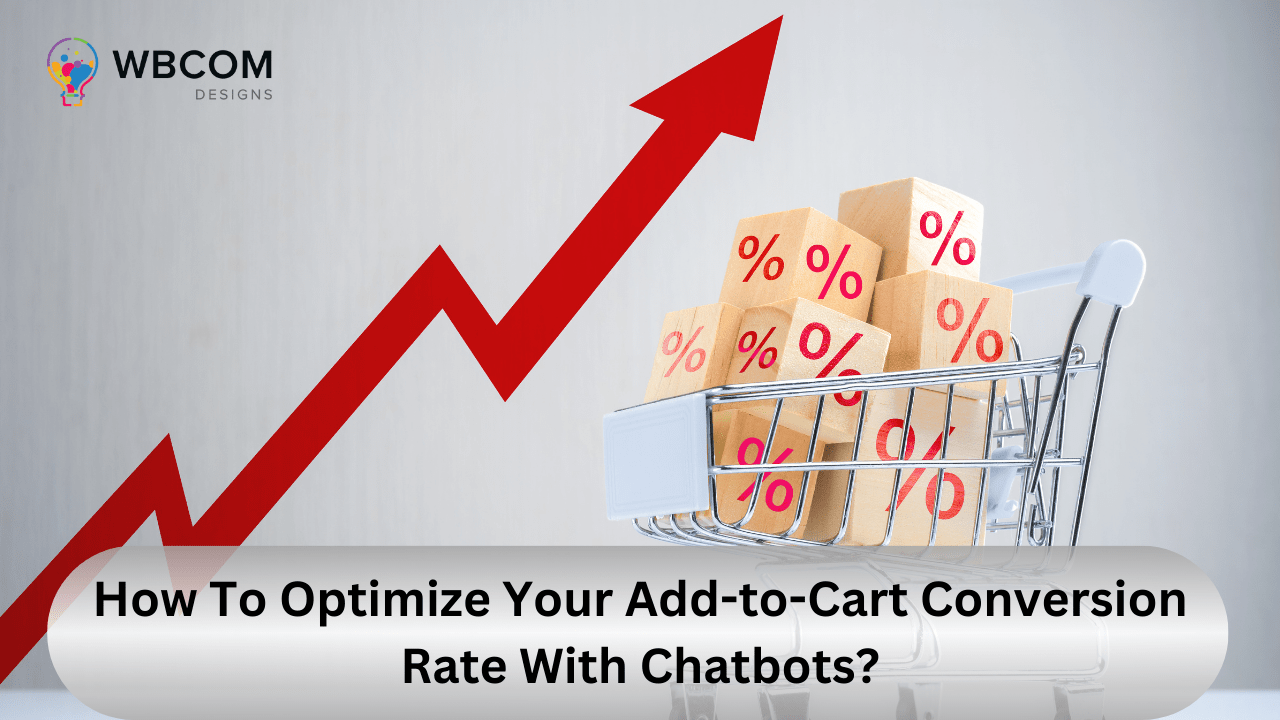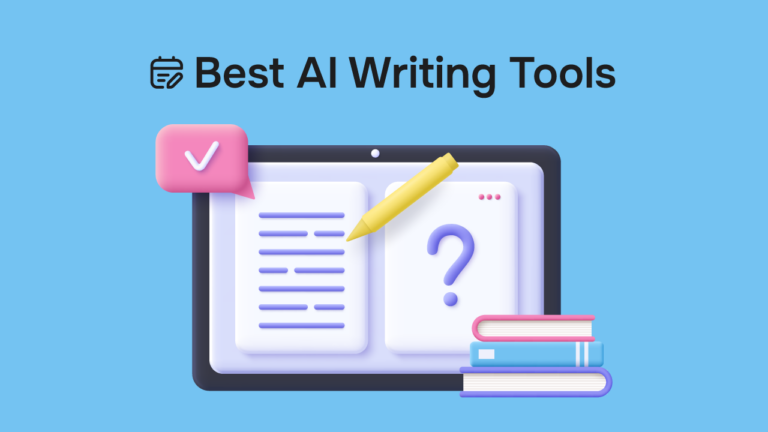In the world of e-commerce, the add-to-cart conversion rate plays a crucial role in determining the success of online businesses. This metric, often abbreviated as ATC, serves as a crucial indicator of the effectiveness of an e-commerce website in turning potential customers into actual buyers. In this article, we will delve into the nuances of the add-to-cart conversion rate, why it is of utmost importance to e-commerce businesses, and explore global and industry-specific statistics, trends, challenges, and opportunities associated with this metric.
Table of Contents
ToggleUnderstanding the Add-to-Cart Conversion Rate
What Does Add-to-Cart Conversion Rate Measure?
The add-to-cart conversion rate measures the percentage of visitors to an e-commerce website who add products to their shopping carts compared to the total number of visitors. Essentially, it gauges the initial interest and intent of customers in making a purchase. This metric is a valuable reflection of user engagement with a website, showcasing how compelling and user-friendly the online store is.
The Formula for Calculating Add-to-Cart Conversion Rate
To calculate the add-to-cart conversion rate, you can use the following formula:
Add-to-Cart Conversion Rate = ( Total Number of Visitors Number of Carts Created / Total Number of Visitors )×100
Global and Industry-Specific Averages
Worldwide Statistics
Globally, the average add-to-cart conversion rate hovers around 10-15%. This percentage indicates that, on average, one out of every ten to fifteen visitors adds a product to their cart. However, it’s important to note that this figure varies across different industries and niches.
Industry-Specific Trends
The add-to-cart conversion rate is influenced by the nature of the products, the target audience, and industry competition. For instance, industries like fashion and electronics tend to have lower conversion rates, while sectors such as groceries and office supplies might have higher rates. It’s crucial for e-commerce businesses to benchmark their performance against industry-specific averages to gauge their success.
Also Read: Integrating Modern Advertising Techniques Into Web Design Strategies
Challenges in Increasing the Add-to-Cart Rate
User Experience and Website Design
A cumbersome or confusing website design can deter potential customers from adding products to their carts. Websites that are not intuitive, load slowly, or lack mobile optimization can significantly impact the add-to-cart rate.
Product Descriptions and Images
Inadequate product descriptions and low-quality images can leave customers unsure about their purchases. Detailed and compelling product information, along with high-resolution images, can boost the conversion rate.
Payment and Shipping Options
Limited or inconvenient payment and shipping options can act as barriers to customers. Offering a variety of secure payment methods and transparent shipping options can help mitigate this challenge.
Also Read: How To Add Google Analytics To WordPress?
Opportunities for Improving the Add-to-Cart Rate
User Experience Enhancement
Investing in a user-friendly website design, ensuring fast loading times, and optimizing for mobile devices can greatly enhance the user experience, thereby increasing the add-to-cart rate.
Marketing and Promotions
Strategic marketing campaigns and promotions can entice customers to add products to their carts. Discounts, exclusive offers, and limited-time deals can be powerful tools in this regard.
Leveraging Customer Reviews
Positive customer reviews and ratings can instill trust and confidence in potential buyers. Encouraging customers to leave reviews and prominently displaying them on your product pages can be a game-changer.
The Role of Mobile Commerce
Mobile Shopping Trends
With the rise of mobile commerce, it’s essential for e-commerce businesses to optimize their websites for mobile devices. The add-to-cart rate on mobile is increasing, and this trend is expected to continue.
Optimizing for Mobile Devices
Implementing responsive design, mobile app development, and mobile-friendly payment options are critical strategies for catering to the mobile-savvy audience.
Also Read: 9 “Best” AI Recruiting Tools Of 2023
The Impact of Social Proof
Customer Reviews and Ratings
The influence of customer reviews and ratings cannot be understated. They serve as social proof and help potential buyers make informed decisions.
Trust Signals and Icons
Including trust signals like secure payment icons, guarantees, and return policies can boost confidence among visitors, leading to a higher add-to-cart rate.
How chatbots can help optimize the add-to-cart conversion rate
E-commerce has become an integral part of our lives. We shop online for a variety of products, from fashion to electronics, and more. However, when it comes to the e-commerce business, one of the most crucial metrics to consider is the “add-to-cart” conversion rate. This metric determines how successful an online store is at convincing customers to add products to their virtual shopping carts. But how can you improve this conversion rate? The answer lies in chatbots.
Personalized Product Recommendations
Chatbots can provide a significant boost to the add-to-cart conversion rate by offering personalized product recommendations. By utilizing AI and natural language processing, chatbots can analyze a customer’s preferences, needs, and behavior. These chatbots can then suggest relevant and engaging products. For example, consider a customer browsing a clothing store online. A chatbot, using AI, can analyze the customer’s past purchases, their browsing history, and stated preferences to recommend clothing items that are likely to interest the customer. This personalized touch can significantly increase the chances of a customer adding products to their cart.
Here are some examples of chatbots that leverage AI and natural language processing to generate relevant and engaging product suggestions:
- Amazon’s Alexa: Amazon’s virtual assistant, Alexa, uses AI and natural language processing to recommend products to users based on their preferences and purchase history. It can suggest a wide range of items, from electronics to books, making the shopping experience more personalized.
- eBay ShopBot: eBay’s ShopBot is a chatbot that assists users in finding products on eBay. It uses AI to understand user queries and preferences and then provides relevant product suggestions from eBay’s vast marketplace.
- Sephora Virtual Artist: Sephora’s chatbot utilizes AI and natural language processing to help users discover beauty products. It recommends makeup, skincare, and fragrances based on the user’s input, making it easier for customers to explore new products.
- The North Face XPS: The North Face’s chatbot, called XPS (Expert Personal Shopper), employs AI to recommend outdoor gear and clothing. It takes user preferences, location, and activity level into account to suggest appropriate products for various outdoor activities.
- Stitch Fix: Stitch Fix is an online clothing subscription service that uses AI and natural language processing to understand users’ style preferences. It recommends clothing items that match the user’s taste, helping customers discover new fashion options.
- Pandora Music Bot: While not a retail chatbot, Pandora’s music bot uses AI to recommend songs and playlists based on a user’s music preferences. It demonstrates how AI-driven recommendations can enhance the user experience, even in industries beyond e-commerce.
- Netflix Recommendation Engine: Netflix employs AI and natural language processing to analyze user viewing history and preferences, generating personalized movie and TV show recommendations. Although not a chatbot in the traditional sense, it showcases how AI can enhance content suggestions.
Also Read: How to Build a Subscription Website: A Step-by-Step Guide to Success
Answering Customer Queries
Another way chatbots optimize the add-to-cart conversion rate is by addressing customer queries. Customers often have questions about the products they’re interested in, such as features, benefits, reviews, ratings, availability, shipping, and returns. Chatbots with conversational interfaces can provide quick and informative responses to these queries, improving the overall shopping experience. Imagine a customer wanting to know more about a smartphone’s camera specifications. A chatbot can instantly provide this information, making it more likely for the customer to add the product to their cart.
Here are some examples of chatbots that excel in using conversational interfaces and rich media to deliver helpful and informative responses:
- IBM Watson Assistant: IBM Watson Assistant is a renowned chatbot that leverages AI and natural language understanding to provide highly interactive and informative conversations. It can handle complex queries and deliver rich media content, making it an excellent choice for businesses looking to engage their customers effectively.
- Intercom: Intercom offers a versatile chatbot platform that integrates seamlessly with your website or application. It provides real-time, personalized responses to user inquiries and can share images, videos, and documents to answer questions more comprehensively.
- Drift: Drift is a chatbot specifically designed for sales and marketing. It uses conversational marketing to engage potential customers in real-time conversations. It can share product demos, video content, and other rich media to educate and inform users about products and services.
- Zendesk Answer Bot: Zendesk’s Answer Bot is an AI-powered chatbot that specializes in providing quick and accurate responses to customer support inquiries. It can deliver articles, guides, and videos as part of its responses, ensuring customers have access to a wealth of information.
- HubSpot Chatbot: HubSpot’s chatbot platform is known for its user-friendly interface and ability to create rich, multimedia conversations. It can send product images, links to blog posts, and even schedule meetings, making it a valuable tool for businesses looking to educate and engage their audience.
- Chatfuel: Chatfuel is a chatbot builder that integrates with Facebook Messenger. It allows businesses to create chatbots that deliver informative responses in a conversational manner. Chatfuel can also share images, GIFs, and videos to enhance the user experience.
- ManyChat: ManyChat is another chatbot builder focused on Facebook Messenger. It enables businesses to create chatbots that use rich media to engage users. ManyChat chatbots can share product images, videos, and links to web pages, making them effective in providing information and driving sales.
Also Read: How Plugins Affect WordPress Performance?
Offering Discounts and Incentives
Chatbots can also play a significant role in offering discounts and incentives, which can motivate customers to add products to their carts and complete their purchases. They can create a sense of urgency and scarcity by displaying limited-time offers, stock levels, and social proof. For instance, a chatbot can present a limited-time 20% discount on a product with only a few units left in stock. This persuades the customer to make the purchase promptly, improving the add-to-cart rate.
Here are some examples of chatbots that effectively use gamification and persuasion techniques to boost the add-to-cart rate:
- LoyaltyBot: LoyaltyBot is a chatbot designed to enhance customer loyalty. It uses gamification by rewarding customers with points, badges, or discounts for adding products to their carts. The more they shop, the more they earn, creating a sense of accomplishment and encouraging repeat purchases.
- Gilt Groupe StyleChat: Gilt Groupe’s StyleChat chatbot incorporates gamification by presenting customers with style quizzes and fashion challenges. Users who engage with the chatbot and complete these challenges are more likely to add products to their carts, driven by a sense of achievement.
- H&M’s Chatbot: H&M’s chatbot employs gamification to encourage users to explore and add items to their carts. It occasionally offers customers the chance to win prizes, such as discounts or exclusive access to limited edition products, creating excitement and motivating purchases.
- Domino’s Pizza Bot: Domino’s Pizza chatbot uses persuasive techniques like limited-time offers and scarcity to drive add-to-cart rates. For instance, it might offer a special discount for the first 100 customers or show that there are only a few available delivery slots, urging customers to act quickly.
- Macy’s Personal Shopping Assistant: Macy’s chatbot employs persuasion techniques by providing personalized recommendations and suggesting complementary products. It often highlights the benefits of bundling items for savings, encouraging users to add more to their carts.
- Ticketmaster Bot: Ticketmaster’s chatbot persuades users to add event tickets to their carts through a “countdown clock” approach. It emphasizes the limited availability of tickets for popular events, creating a sense of urgency that prompts customers to complete their purchases.
- Airbnb’s Booking Assistant: Airbnb’s chatbot uses persuasion techniques by emphasizing the desirability of a property and encouraging users to make reservations. It provides information about the property’s popularity, recent bookings, and positive reviews, influencing users to add the property to their cart and confirm the booking.
Also Read: 5 Best AI Plugins For WordPress
Reducing Cart Abandonment
Cart abandonment is a common challenge for online retailers. However, chatbots can help reduce this issue by sending reminders and follow-ups to customers who have added products to their carts but have not checked out. They can also recover lost sales by offering alternative payment options, free shipping, or additional discounts. For instance, a chatbot can send an email reminder to a customer who left an item in their cart, offering free shipping as an incentive to complete the purchase.
Here are some examples of chatbots that utilize email and SMS marketing to re-engage customers and boost the add-to-cart rate:
- CartStack: CartStack is a chatbot that focuses on reducing cart abandonment. It captures email addresses from users who abandon their shopping carts and sends them personalized email reminders with enticing offers to encourage them to return and complete their purchase.
- ReCart: ReCart is a chatbot that integrates with platforms like Shopify. It collects visitor email addresses and then sends email marketing campaigns to remind customers about their abandoned carts, often including special discounts or incentives to entice them back to the website.
- Listrak’s Chatbot: Listrak, a marketing automation platform, offers a chatbot that combines email and SMS marketing. It targets users who have abandoned their carts and sends them a series of emails and SMS messages, gradually increasing the urgency and the appeal of the offers.
- Attentive: Attentive is a chatbot that specializes in SMS marketing. It captures phone numbers from users during their shopping journey and sends personalized SMS messages, including abandoned cart reminders, product recommendations, and exclusive deals.
- OmniChat: OmniChat is a chatbot solution that combines multiple channels, including email and SMS, to re-engage customers. It can track cart abandonment and send follow-up messages via the preferred communication channel of the customer, increasing the likelihood of conversion.
- OptinMonster: While not a chatbot in the traditional sense, OptinMonster is a versatile lead-generation tool that can be used to reduce cart abandonment. It captures email addresses on e-commerce websites and sends customized email sequences to recover abandoned carts.
- Omnisend: Omnisend is an email marketing platform with automation features. It can be integrated with e-commerce platforms to collect customer data and send automated cart abandonment emails, providing customers with a gentle nudge to complete their purchases.
- Chatbots are powerful tools for optimizing the add-to-cart conversion rate in e-commerce. They offer personalized product recommendations, answer customer queries, provide incentives, and reduce cart abandonment.
Also Read: How To Add Pages In WordPress?
Here are the key benefits and best practices for implementing effective chatbots:
Benefits:
- Personalized Recommendations: Chatbots use AI to suggest products tailored to the customer’s preferences, increasing the likelihood of adding items to the cart.
- Customer Query Handling: Chatbots provide quick and informative responses to customer inquiries, enhancing the shopping experience.
- Incentives and Discounts: Chatbots offer discounts, create urgency, and use gamification to motivate customers to add products to their carts.
- Cart Abandonment Reduction: Chatbots send reminders and follow-ups, recover lost sales, and re-engage customers who have abandoned their carts.
Best Practices:
- Understand Your Audience: Design chatbots that cater to your target audience’s needs, preferences, and language.
- Integrate Seamlessly: Ensure your chatbot integrates smoothly with your e-commerce platform, website, or messaging apps.
- Use Natural Language Processing: Implement natural language processing for a more human-like conversation and understanding of customer queries.
- Personalize Recommendations: Leverage AI to offer relevant product suggestions based on customer data.
- Engage with Rich Media: Use images, videos, and links to enhance interactions and deliver valuable content.
- Create Urgency: Implement persuasion techniques to create a sense of urgency or scarcity.
- Re-engage Through Marketing: Use email and SMS marketing to recover abandoned carts and re-engage customers with enticing offers.
Ready to boost your e-commerce success with chatbots? Try out our chatbot solution today and witness the remarkable impact on your add-to-cart conversion rate. Contact us for more information on how our chatbot can revolutionize your online shopping experience and lead to increased sales.
Interesting Reads:
10 Websites To Find the Best Software Deals
Unlocking the Power of Subscription Marketing: Strategies, Benefits, and Success Tips for Businesses








